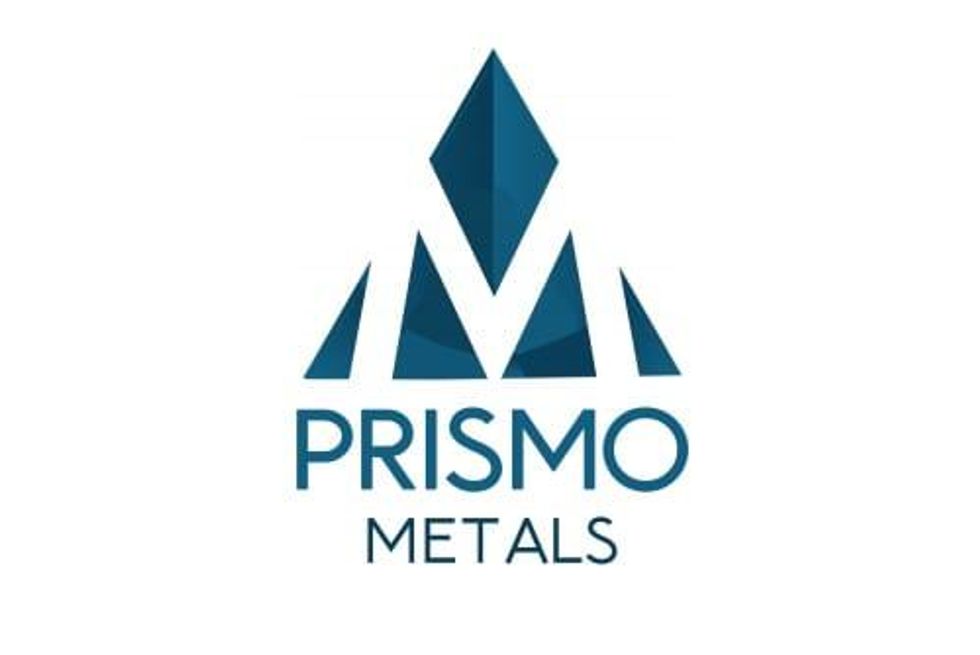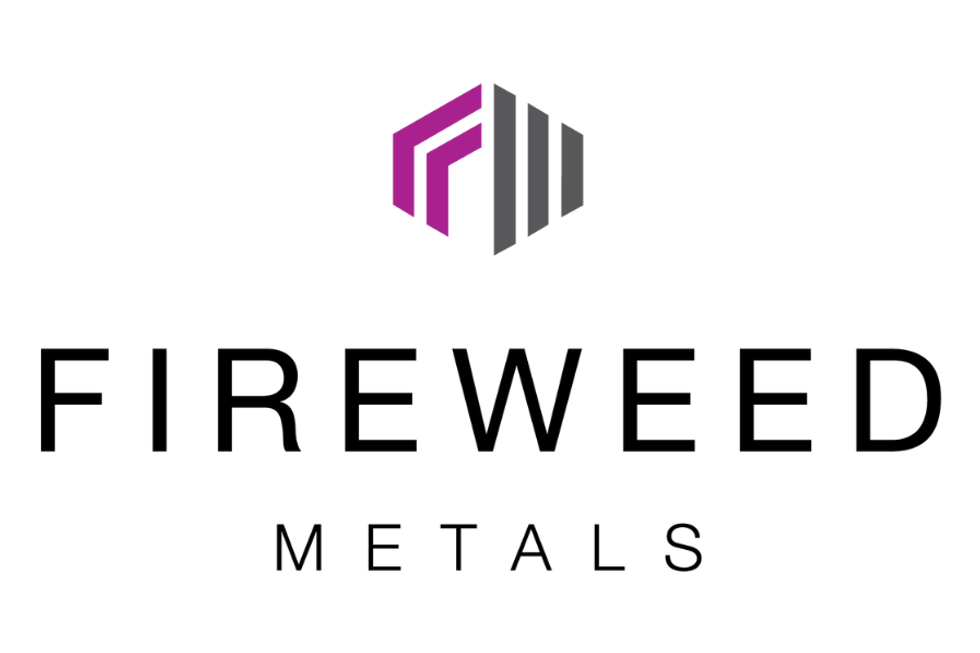Americas Silver CEO Talks Markets and the Company’s New Mine

President and CEO Darren Blasutti says the San Rafael mine will “probably be the lowest-cost silver mine in the world” by next year.
Americas Silver (TSX:USA) began processing ore from its San Rafael mine in Mexico last week, and according to President and CEO Darren Blasutti, it could be the lowest-cost silver mine in the world by next year.
In a phone conversation, Blasutti said that the mine, which is part of the firm’s Cosala operations, will officially start production on November 15, with commercial production expected by the beginning of December.
“We have been building the mine for just over a year now, and it’s coming in under capital budget and on time, which is great,” he said, adding that Americas Silver is predicting all-in cash costs of around $10 this year, with that figure falling to around $3 or $4 in 2018.
San Rafael contains more zinc and lead than the company’s other mines, and those by-products are expected to help lower costs at the mine. “It’s a really big step change in the company. It allows us to generate significant free cash flow and to reinvest in our other properties so that we can increase production very shortly in the future,” he said.
Ore from San Rafael will be processed at the existing Los Braceros mill, which has gone through a number of modifications, including the addition of flotation capacity, reagent preparation and distribution areas and concentrate regrind circuits. Blasutti said Americas Silver conducted a test run using a 10,000-tonne sample in September to “ensure that we could effectively produce a zinc and lead concentrate that was acceptable to our offtake partners who take the material and process it for us.”
“It worked beautifully,” said Blasutti, explaining, “that shows us that when we get to mid-November, when we start processing 100 percent of San Rafael ore through the mill, we know it’s going to work. The view is we will hit commercial production — about 1,250 tonnes per day — by December 1. We expect to be at full production in the start of the [new] year.”
Blasutti said a previous feasibility study outlined an initial reserve life of 5.5 years for San Rafael, but reserves have been upgraded since then, which will “extend [the mine life] to about 7.5 years dependent on prices.” He added, “within the orebody all the drilling has been done from aboveground, so now that we’re underground we’ll be able to do more cost-effective drilling. We expect that we’ll get some mine life improvement out of that as well.”
Silver, zinc and lead markets
Blasutti said that while silver demand has been strong, prices have not. That’s partially because there are few primary silver mines — “when prices go down you don’t get the same effect of shutting mines down. Or when the price goes up you can’t bring on more production because it’s not a primary [silver] mine.”
He also noted that the US dollar is “extremely strong” right now, and “silver is looking for some guidance from gold, which is kind of sitting back and forth in a band right now. We’re thinking that silver is going to be a little bit stagnant — $16.50 to $18.50 per ounce for the next year or so.”
“I don’t think it’s a demand issue for silver. I think it’s more of where people believe the dollar’s going to be, and it’s driving less investment demand. But physical demand for silver in industrial uses is very strong, and there’s not any new mine production coming on, so we see a deficit continuing in the future,” Blasutti continued. Most mined silver is consumed by industrial sources.
“On zinc and lead, I think both of these commodities have been up roughly 20 to 22 percent this year. There’s extreme tightness in the zinc market right now” due to increasing stainless steel demand without a correlating increase on the mining side, said Blasutti.
“We haven’t seen the mine side increase at all, and quite frankly we’ve seen it decrease because of China, where there used to be no regulations, and much lower grades,” he commented. “We’re seeing a much slower reaction to the price than what normally happens. Grades are down roughly 20 percent in China, and the amount of production is way down as a result of more stringent environmental regulations on both zinc and lead operations. [That is also an issue] in Korea.”
Blasutti concluded, “we’ve seen good demand for both zinc and lead, but we have not seen a supply-side reaction, and therefore that has moved the price. We think there’s much more room for zinc and lead prices in the next couple of years. I think we’re very bullish and constructive on zinc and lead for the next three years for sure, and that’s why we’re really excited to bring on this new mine.”
Don’t forget to follow us @INN_Resource for real-time news updates!
Securities Disclosure: I, Melissa Shaw, hold no direct investment interest in any company mentioned in this article.





